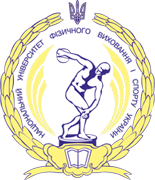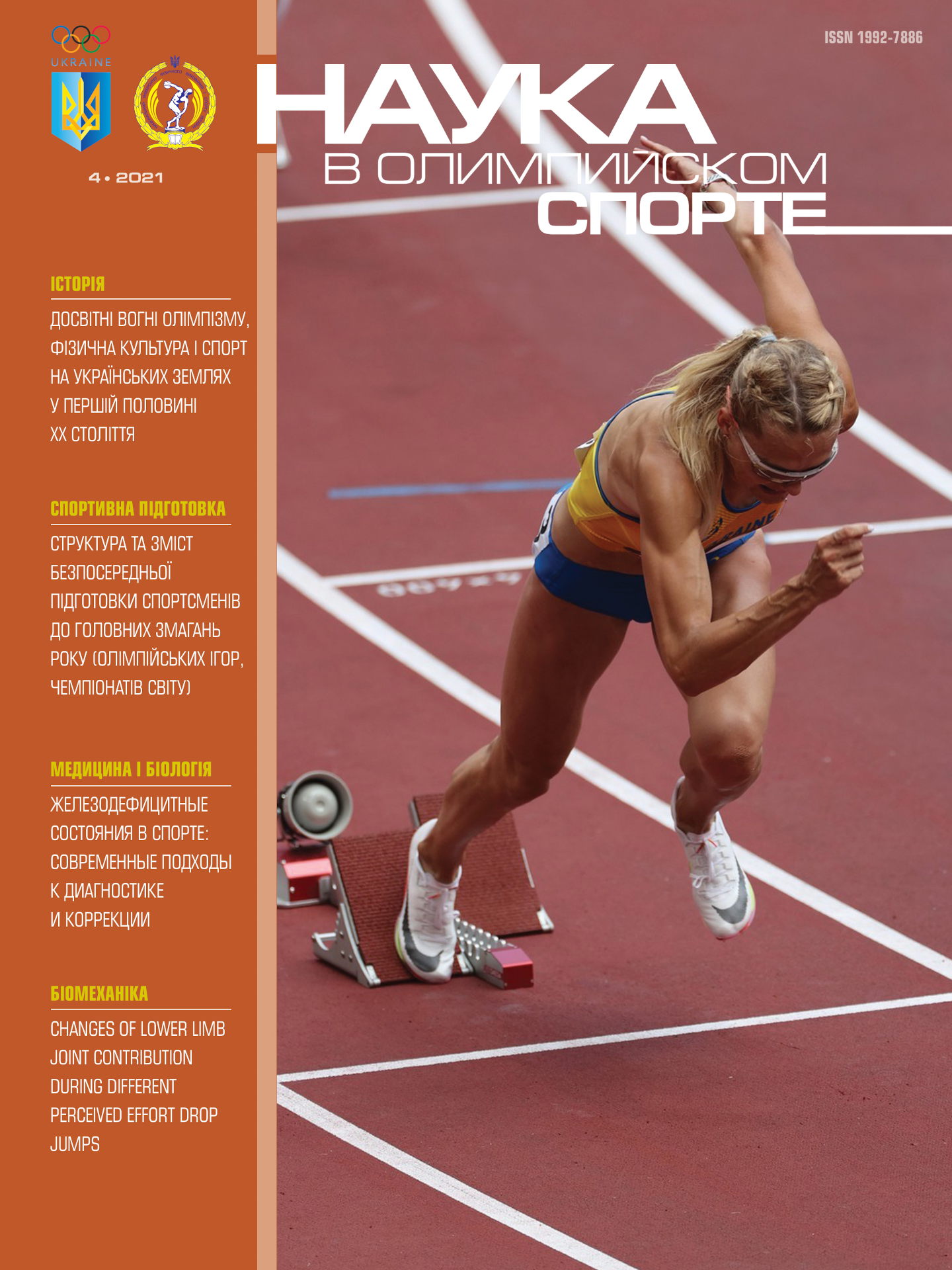Abstract:
Objective. To analyze existing tests for assessing agility in combat sports and martial arts, as well as to develop the new ones and to test their effectiveness.
Methods. Studying of specialized literature and program and normative documents, expert survey, testing, instrumental methods for assessing psychophysical capabilities, pedagogical experiment, methods of mathematical statistics. The study involved 20 athletes of various qualifications specializing in hand-to-hand combat.
Results. The article clearly delineates the concepts of ‘agility’ and ‘coordination’. The features of the technique for building agility were examined according to the normative standards for preparing athletes in various combat sports, as well as recommendations of leading experts in this field. It was found that most of the exercise tests recommended for assessing agility evaluate actually only coordination, without taking into account unexpected and unpredictable situations, which are the key components of agility. While some tests allow to evaluate agility, they are based on motor actions, which are non-specific for combat sports. Moreover, the use of computer-based techniques for studying the visual-motor reaction are proven to be ineffective for assessing agility in sports. The measure of the response to a moving object is the only one, which is reliably correlated with the level of sports mastery of athletes.
Conclusion. The article proposed three variants of specialized tests for assessing agility in motor actions specific to hand-to-hand combat. The studies confirmed the close correlation between the results of the tests and the qualifications of the athletes. According to the results of all the three tests, the program proposed for the development of agility and coordination showed a significant improvement in the level of agility in six months.













